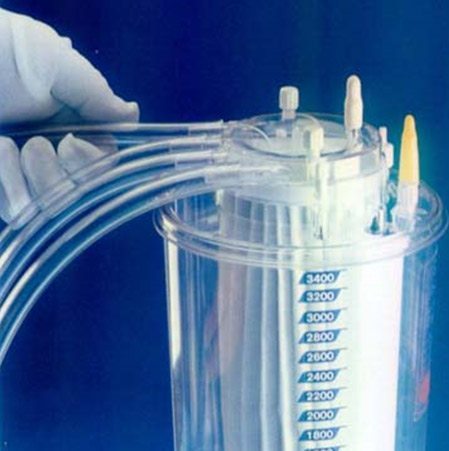
Perfusion
 Cardiopulmonary bypass (CPB) equipment allows for a patient’s cardiac activity to be temporarily suspended during critical surgical procedures. This is achieved by a pump that facilitates blood flow similar to the heart and a gas exchange device that oxygenates the blood similar to the lungs. This process is typically referred to as perfusion.
Cardiopulmonary bypass (CPB) equipment allows for a patient’s cardiac activity to be temporarily suspended during critical surgical procedures. This is achieved by a pump that facilitates blood flow similar to the heart and a gas exchange device that oxygenates the blood similar to the lungs. This process is typically referred to as perfusion.
The CPB machine and circuit is comprised of PVC tubing, a reservoir, an oxygenator and a pump. Venous blood is removed from the patient via a cannula in a large vein into a reservoir. It is then pumped through an oxygenator and returned to the patient via a cannula in a large artery.
The tubing in the CPB circuit interconnects all of the main components of the circuit. The size of tubing used at different points in the circuit is determined by the pressure and rate of blood flow that will be required through that region of the circuit, or through a particular component of the circuit.
Roller pumps (i.e., peristaltic pumps) are used throughout the CPB circuit to positively displace blood through the tubing using a peristaltic motion. Blood flow can be alternated by changing the pump head rotation; thus roller pumps are used for suction of venous blood and replacement of arterial blood.
Flexible PVC is the most widely used material for these tubes. PVC is durable, economical and provides acceptable hemolysis rates (i.e., rupture or destruction of blood cells).
Colorite PVC compounds are used by leading device companies for the extrusion of single-lumen PVC tubes used in cardiopulmonary bypass equipment. Our Natvar medical-grade PVC extrusions are well-regarded for tolerances, clarity and durability.
